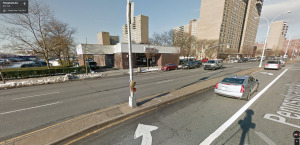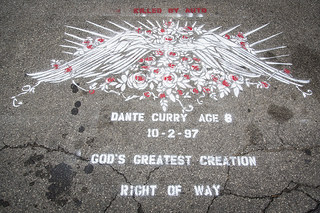A pedestrian died after being struck by a hit and run driver in Queens, NYC, on Sunday night, that’s the second hit an run in Queens in one day
A woman in her 2o’s was crossing the street at the intersection of 76th Street and Woodisde in Queens, New York City, on Sunday night when she was struck and killed by the driver of a box truck. The driver of the truck hit the victim as he was turning onto Woodside Avenue but he didn’t stop. He drove away leaving the woman to die in the street. A witness at the scene followed the box truck for a few blocks, stopped the driver and managed to hold him until the police arrived. The police arrested the driver, 27 year old Valentine Gonzalez and charged him with leaving the scene of an accident resulting in death and driving without a license. Earlier in the day in Queens another woman was struck by a hit and run driver (see previous post)
Read more on ABC7 website
 New York Personal Injury Attorneys Blog
New York Personal Injury Attorneys Blog



 “Pedestrians vs. Cars: Manhattan’s Deadly Traffic Problem and What Can Be Done About It” was the subject of a discussion led two days ago by DOT Commissioner Polly Trottenberg, former New York Times executive editor Jill Abramson, councilmember Helen Rosenthal, Dana Lerner, and members of the NYPD at the New York Society for Ethical Culture. During the dicsussion Jill Abramson noted that most of the time when a driver kills a pedestrian, nothing happens, not even a ticket. The discussion also covered subjects such as grievance for families who have lost a loved one in traffic accidents, recent traffic accidents data and speed cameras.
“Pedestrians vs. Cars: Manhattan’s Deadly Traffic Problem and What Can Be Done About It” was the subject of a discussion led two days ago by DOT Commissioner Polly Trottenberg, former New York Times executive editor Jill Abramson, councilmember Helen Rosenthal, Dana Lerner, and members of the NYPD at the New York Society for Ethical Culture. During the dicsussion Jill Abramson noted that most of the time when a driver kills a pedestrian, nothing happens, not even a ticket. The discussion also covered subjects such as grievance for families who have lost a loved one in traffic accidents, recent traffic accidents data and speed cameras.